Digital Promise’s Education Innovation Clusters (EdClusters) initiative supports regional communities of practice in bringing together diverse stakeholders around innovative teaching and learning. EdClusters grew out of the economic ideas on clustering—that clustering of an industry and services provides greater efficiency, transfer of great ideas, and innovation. There is evidence that clustering regional stakeholders around education innovation creates immense value for the region and helps to scale promising practices nationally.
Regional EdClusters are run by local conveners or harbormasters. Conveners are often nonprofit organizations or an interdisciplinary group of stakeholders. They coordinate local education stakeholder groups and help grow a network of support around innovative education practices.
This piece explores how the Tucson EdCluster mobilizes to support community partnerships and real-world learning in their region. We partnered with CommunityShare, an organization working to strengthen and convene the Tucson education ecosystem, to learn more about the strategies they employ to connect the community around powerful learning. CommunityShare’s initiatives consist of a platform for matching community members to teachers and schools, seed grants for education projects, an Educator Action Council, and educational programming. They serve as the “harbormaster” for Tucson’s cluster work.
In an effort to help other EdClusters learn from Tucson’s success, we’re presenting a newly curated ecosystem framework for building strong learning ecosystems, with examples from Tucson and other clusters throughout the country.
Hollinger K-8 School is a combined elementary and middle school that provides dual language education in an economically stressed region of Tucson. As a Title I school, Hollinger doesn’t have access to resources that most traditional public schools do—like an art teacher.
Kate Hodges is an artist living on the south side of Tucson. She helps run school enrichment art programs and wanted to collaborate with schools in her own neighborhood. CommunityShare’s online community matching platform helped Kate connect with Daisy Michel, a teacher at Hollinger. Together, Kate and Daisy co-created dynamic arts education experiences that increased student engagement and class attendance. Incorporating elements from Tucson’s natural environment, Kate taught students about local history and artistic practices, and introduced them to artists from regional Native American tribes. Kate’s friend Nacho Flores, a Tohono O’odham native artist, shared his language, stories, and artistic skills with students. He and his family later helped the students create a large-scale, prickly-pear dyed textile.
Kate and Daisy’s collaboration began as a volunteer relationship, but they later used CommunityShare’s seed grant program to pay for supplies and compensate some of the visiting artists for their time. CommunityShare also expanded Daisy’s network of social capital from Kate to Nacho to his family, in turn increasing Daisy’s students’ connections with the broader community.
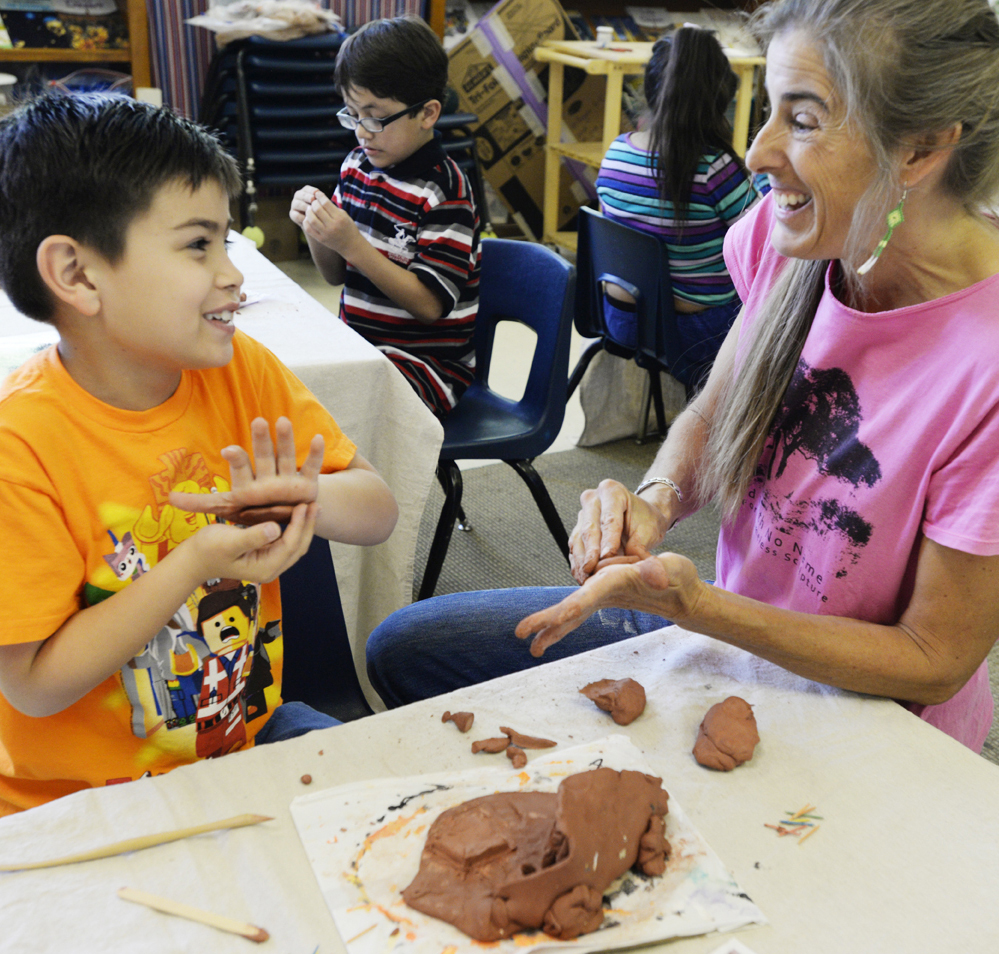
Daisy had been a teacher for 20 years; this collaboration with Kate was her first experience working with a community partner in the classroom. Since then, Daisy has developed additional community partnerships, including one with a local paleontologist.
Daisy’s not the only teacher at Hollinger to utilize CommunityShare’s network. When Amber Merchant was a new teacher at the school, she started looking for community support and ways to improve her teaching practice. Around the same time, CommunityShare became involved with Hollinger through school-level programming and pilots of their online community matching platform.
Today, Amber is passionate advocate for CommunityShare. She has used their online platform to recruit science fair judges, curriculum writers, mentors, and guest speakers from the community. She is also a member of the CommunityShare Educator Action Council (EAC), a teacher-led professional learning community that provides opportunities to connect with experienced educators in the Tucson area. Amber says that the EAC has been beneficial because teaching can be isolating, and she doesn’t always know what she needs until she sees another teacher doing it.
Positive experiences like these at Hollinger have mobilized Kate, Daisy, Amber, and other teachers and volunteers to recruit colleagues and friends to get involved with CommunityShare. This word-of-mouth marketing has helped the Tucson education network grow.
CommunityShare’s approach to building a sustainable education ecosystem differs from strategies used by conveners in other regions. The nine principles of the curated framework below incorporate elements unique to Tucson while building off frameworks created by two other successful EdClusters: Pittsburgh and Kansas City.
Before diving into the Expanded Tucson Framework, below are the existing frameworks developed in Pittsburgh and Kansas City. Conveners in both regions have spent years developing robust ecosystems. Their frameworks, written from the perspective of a network convener, include proven practices that contribute to the development of a healthy network.
Remake Learning, convener of the Pittsburgh EdCluster, has developed a set of five ecosystem-building principles that are highly relevant to education-focused networks. Their Network Support Strategies synthesize a decade of work convening more than 200 organizations to support education in the Pittsburgh region. The strategies aim to help learning ecosystems develop a supportive infrastructure. The Remake Learning Network Support Strategies are:
These strategies are presented in the Remake Learning Playbook, a guide for building and sustaining education networks. Read more about these strategies and how they’ve been applied in Pittsburgh.
In Kansas City, the Kauffman Foundation developed another set of principles for building strong ecosystems. Although their Seven Principles for Building Ecosystems focus on developing healthy environments for entrepreneurs, the same strategies can be applied to network building in the education space. The principles include:
The Kauffman Foundation presented these principles in their Ecosystem Playbook. Read more about how to implement these strategies.
Over the course of our conversations with CommunityShare, it became clear that Tucson’s effective approach to network building relies on strategies that are distinct from those presented by Pittsburgh and Kansas City. To better represent the diversity of this work, we curated an expanded framework that merges strategies from all three convening networks:
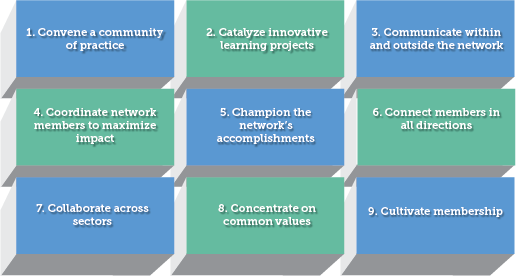
The Tucson EdCluster best exemplifies four principles of this framework:
Catalyzing innovative learning projects involves providing financial and other types of support that empower the network, like mentoring, workshops, advisory teams, and work space.
One tool CommunityShare uses to catalyze projects in Tucson is seed grants, which they provide to many teachers throughout the year. In the first section we shared Daisy and Kate’s story of collaborative arts and cultural programming at Hollinger K-8 School. During the second year of Daisy and Kate’s partnership, CommunityShare provided a seed grant that allowed them to purchase supplies, like clay, and compensate a volunteer artist for travel to the school from the nearby Tohono O’odham reservation. Sustained grants have allowed this partnership to continue for multiple years.
Another CommunityShare seed grant allowed the Sonoran Glass School to partner with a Title I charter school in Tucson to provide nine-week educational glass-making programs to students. Directors of the program shared that students would not have been able to access this opportunity without funding from CommunityShare. Elsewhere in Tucson, an experienced teacher was finding it difficult to advance her career. A CommunityShare seed grant helped her to start new projects, including a school-based community garden, and led to more recognition for her work outside of the classroom.
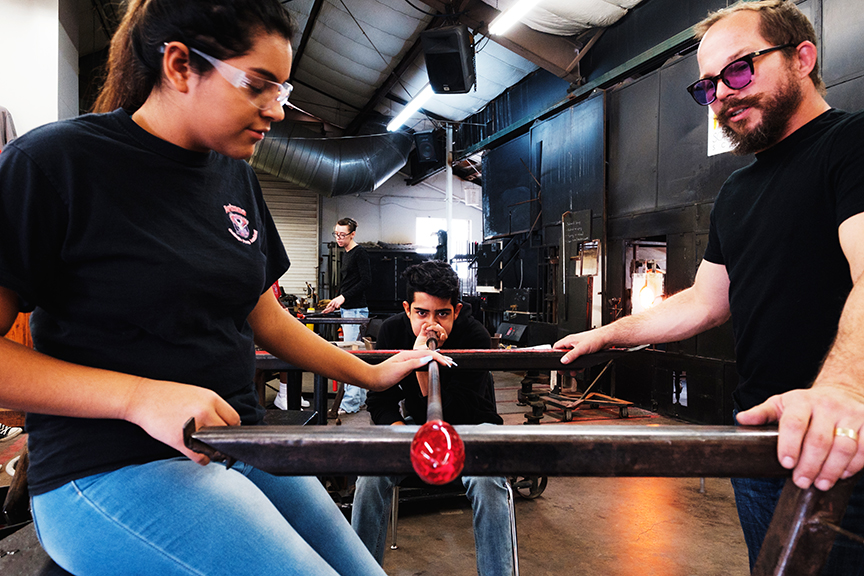
Another catalyzing tool employed by CommunityShare is their Educator Action Council (EAC). The EAC is a teacher-led professional learning community that supports teachers as they develop their own practice around community-engaged, real-world learning that has advised CommunityShare’s development since its inception in 2014. The EAC also serves as the grant selection committee for CommunityShare’s seed grant program. Teachers involved with the EAC feel that it provides some of the best professional learning opportunities because they get to set their own agenda and learn from other experienced teachers. Collective buy-in to the process and protocols makes the EAC highly effective. Current members hope more EACs will form so that more teachers’ voices can be heard in education network conversations.
The CommunityShare team is hoping to scale up the EAC model across the region. The team is developing and implementing a full-school community model that would build the capacity of school staff to develop a culture and practice of community-engaged learning through school-based EACs.
CommunityShare goes beyond traditional meetings and convenings to build diverse, robust networks: They have developed a platform to create and support a network of individual connections throughout the region. Their work is centered on this process of building cross-sector partnerships that help educators improve student learning.
The CommunityShare platform allows Tucson community members to volunteer their time by bringing their skills, passions, and real-world expertise to teachers and students. Teachers can log into the platform and search through profiles submitted by community members to find a good match. Depending on their time and ability, community partners may act as mentors, project collaborators, curriculum co-developers, classroom speakers, field trip hosts, and more. By creating a “cloud” of social capital through the platform, CommunityShare hopes to reweave and redistribute social capital across socioeconomic and geographic lines in Tucson so more students get the opportunity to engage in real-world learning experiences.
Teachers in Tucson have learned that the process of making a good community partnership goes beyond finding a strong match on the CommunityShare platform: It’s an ongoing, two-way conversation. CommunityShare EAC members Krista Gypton and Amber Merchant have a lot of experience building partnerships through the platform, and they shared the following steps to ensure their partnerships run smoothly:
CommunityShare Intro Video from Josh Schachter on Vimeo.
CommunityShare has facilitated many connections in the Tucson education ecosystem, including:
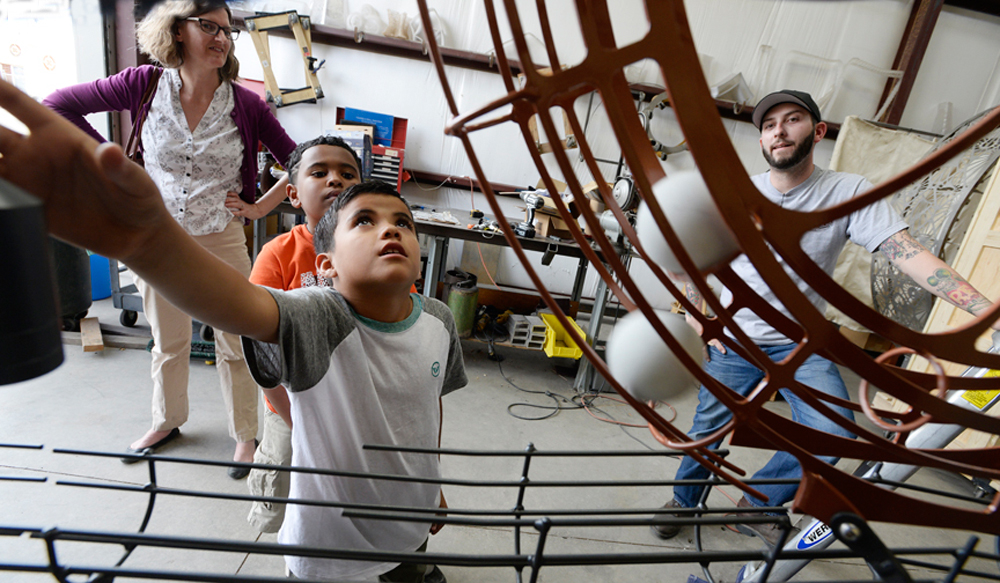
People in the Tucson education ecosystem feel comfortable connecting and building a network through CommunityShare because the organization’s mission reflects their own educational values.
Specific values that CommunityShare supports include:
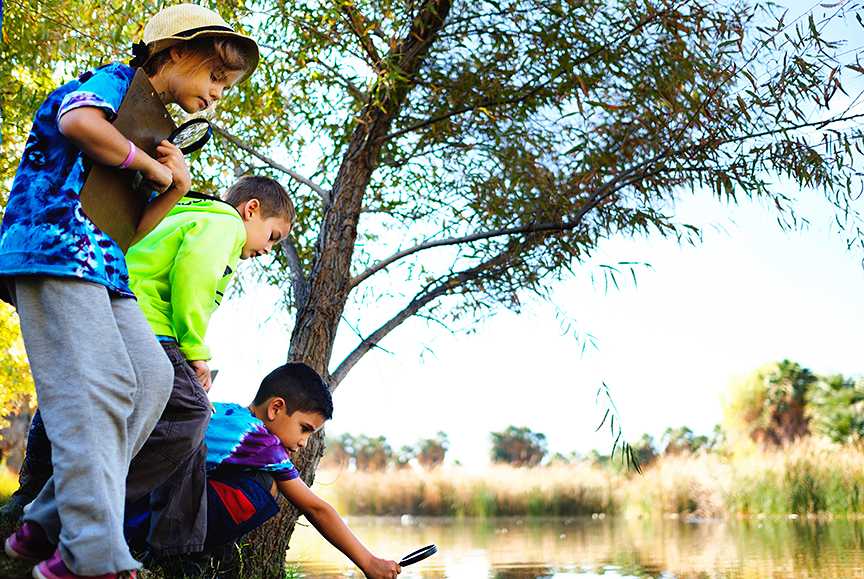
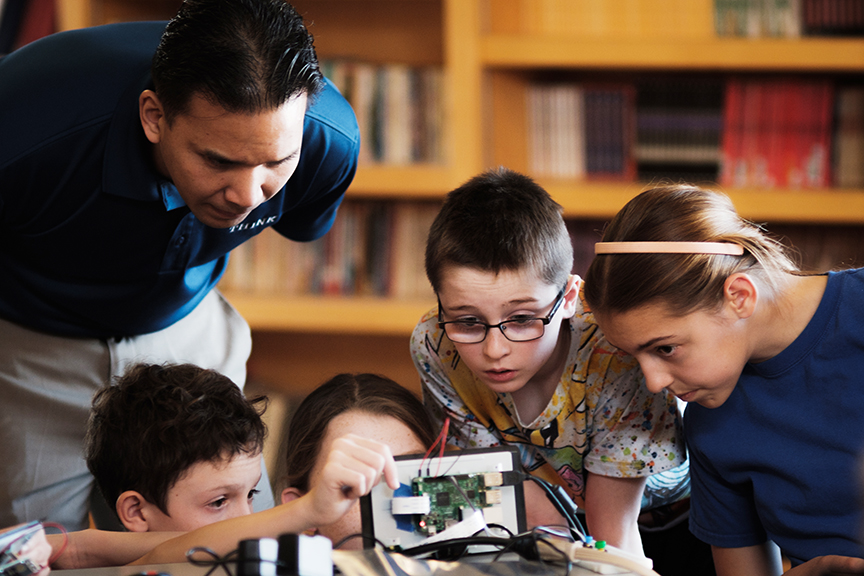
From the Tucson education community we learn that effective network conveners must reflect the values of the community. This is the only way to get buy-in and to bring all stakeholders to the table.
CommunityShare attributes much of its success to the fact that educators, school administrators, and community partners were actively engaged in shaping CommunityShare’s direction from its inception. They became co-creators of CommunityShare by participating in community-based planning sessions, user-centered design research, interviews, surveys, and more.
The CommunityShare team is out in the community every day, recruiting educators and community members to be a part of the larger Tucson education ecosystem. This includes visiting schools, meeting with community members, surveying educators, hosting city-wide events, and more.
In addition, volunteers and educators who participate in CommunityShare’s platform and programs are constantly reaching out to their personal networks and inviting them to be part of the larger education network. For example, CommunityShare partner Ann Garn talks about the platform when she has meetings with her clients. These clients come from all kinds of backgrounds—like professional baseball players and pilots. She helps them fill out a profile on the CommunityShare platform so they can quickly start volunteering with students in the community.
In addition, CommunityShare is working on targeted outreach efforts to broaden participation and increase diversity in the Tucson education ecosystem.
Many EdClusters across the country provide excellent examples of these network support principles in action.
is building an innovative education ecosystem in Rhode Island. They are exemplars in the way they convene their network. They have a full calendar of events and constantly set aside time for ecosystem networking and strategy planning.
The Kentucky Valley Educational Cooperative (KVEC) is working to build an education network in eastern Kentucky. They increase their reach by communicating the work they do in the region and sharing successes with a broad national audience. They share education news and stories from the region via their custom communications network, The Holler.
The Remake Learning Network in Pittsburgh does exceptional work to coordinate a network for the region. They have a network structure, strategies, and advisory groups that help direct their initiatives. All of their work is led by the Remake Learning Council, which is composed of education and community leaders from the region.
has taken steps to elevate the work of community leaders throughout the region. The university invests resources in developing compelling communications about the power of collaboration, highlighting examples of excellence throughout the region. They know if you don’t tell your story, someone else will.
in Kansas City aims to incubate breakthrough education innovations by building a community of educators, innovators, parents, and students. They provide space and resources to share, test, grow, and launch bold ideas from a variety of stakeholders. Through events like teacher-led unconferences (#KCEDU Monthly Happy Hour), reverse pitch sessions from education leaders to design participants, and community crowd-funded launch events, LeanLab has created an ecosystem of cross-sector collaborations that sustain meaningful and actionable conversations about the future of education.
There is no one right way to build and sustain an education network. Regions have to rely on their strengths, and then build capacity where there are gaps in network support practices. In Tucson, the individual connections, grassroots efforts, and local investments in catalyzing innovation are regional strengths. After recognizing those assets, the Tucson EdCluster was able to build off of successful practices to continually improve its network.
Access additional resources by going to our EdCluster resources page. You can stay connected to the national network of EdClusters by joining our mailing list.
*Participants for this case study came from the Tucson learning ecosystem. They spoke with the Digital Promise team about their network and connection building in the community. Conversations happened in-person in Tucson and took place over the course of one week. There were also additional conversations that took place over the phone. Overall, the team spoke with 29 members of the Tucson education ecosystem who were involved at various levels as community partners, teachers, developers, leaders, parents, and funders. The team also conducted multiple field observations of classrooms and community meetings.
During conversations with network members, the Digital Promise team took notes and audio recordings. They also recorded field observations as they did site visits in tucson. After completing all rounds of interviews and observations, the team qualitatively coded the data, using codes composed of network building principles (mentioned above) and new codes surfaced from the conversations. This data was analyzed and it resulted in this curated framework.

We want to hear from you!
Please take this 5-minute survey and help us serve you better.
